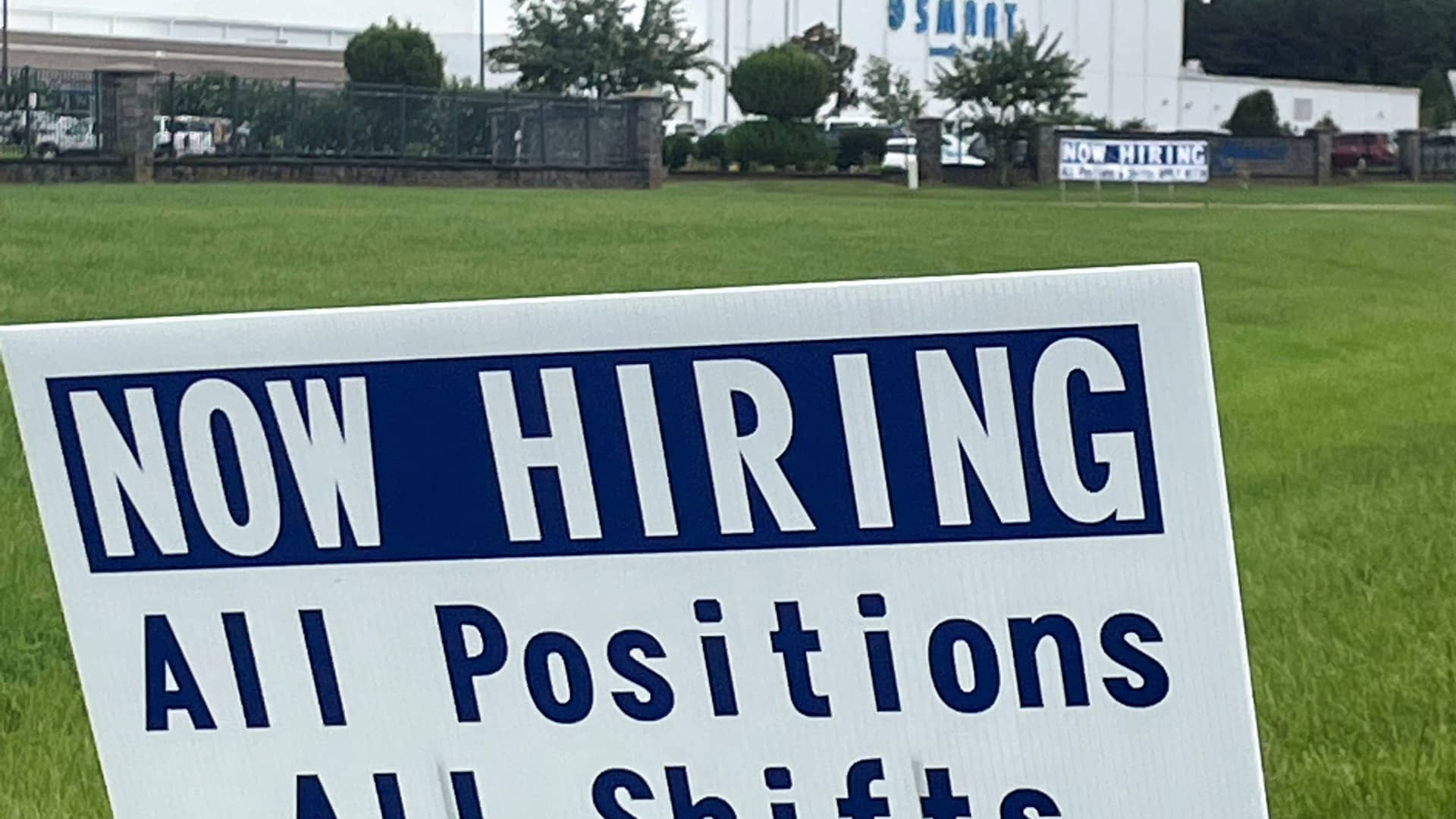If the U.S. economy is in recession, someone forgot to tell the jobs market.
The employment picture over the past six months is behaving nothing like an economy in a downturn, instead creating jobs at a rapid pace of nearly 460,000 a month.
Research from CNBC’s Steve Liesman indicates that during a typical downturn, the employment picture would be far gloomier, losing ground instead of gaining. Several charts presented during Wednesday’s “Squawk Box” help paint the picture.
The CNBC team looked at economic data going back to 1947. It indicated that when gross domestic product has been negative for six months, as is the case for 2022, payrolls fall by an average of a half a percentage point. But this year, the job count actually has increased by 1%.
Data from human relations software company UKG backs up that notion, with internal data that shows jobs have been created about in line with the Bureau of Labor Statistics’ count.
Finally, the Dallas Federal Reserve, in research posted Tuesday, said its analysis of multiple data points found “that most indicators — particularly those measuring labor markets — provide strong evidence that the U.S. economy did not fall into a recession in the first quarter” of the year.
One data point the central bank’s researchers looked at was real personal consumption expenditures. They found that consumption generally declined during recessions. By contrast, the measure increased during the first half of 2022.
Even with the other evidence suggesting otherwise, many commentators have focused on the traditional definition of recession as being two straight quarters of negative GDP growth. The first quarter declined 1.6%, and the second quarter fell 0.9%, meeting that standard.
Another anomalous factor about the current state is that even though GDP fell in real inflation-adjusted terms, the economy on a nominal basis grew strongly during the second quarter. Nominal GDP rose 7.8% during the period, but was outweighed by an 8.6% quarterly inflation rate.
By contrast, during the last recession in 2020, nominal GDP contracted 3.9% in the first quarter and 32.4% in the second quarter, while real GDP respectively fell 5.1% and 31.2%.
St. Louis Fed President James Bullard told CNBC, also during “Squawk Box,” that he doesn’t think the economy is in a recession, though he was more dismayed by the second-quarter decline.
“The first-quarter slowdown I think … was probably a fluke, but the second quarter was more concerning,” he said. Even if some rate-sensitive pockets of the economy slow, “that doesn’t by itself mean you’re in recession just because you see some negative signs in some parts of the economy.”
The latest data on the jobs picture comes out Friday, when the Bureau of Labor Statistics is expected to report a payrolls gain of about 258,000 for July, according to Dow Jones estimates. BLS data earlier this week showed that the gap between job openings and available workers is still vast but edging lower.
